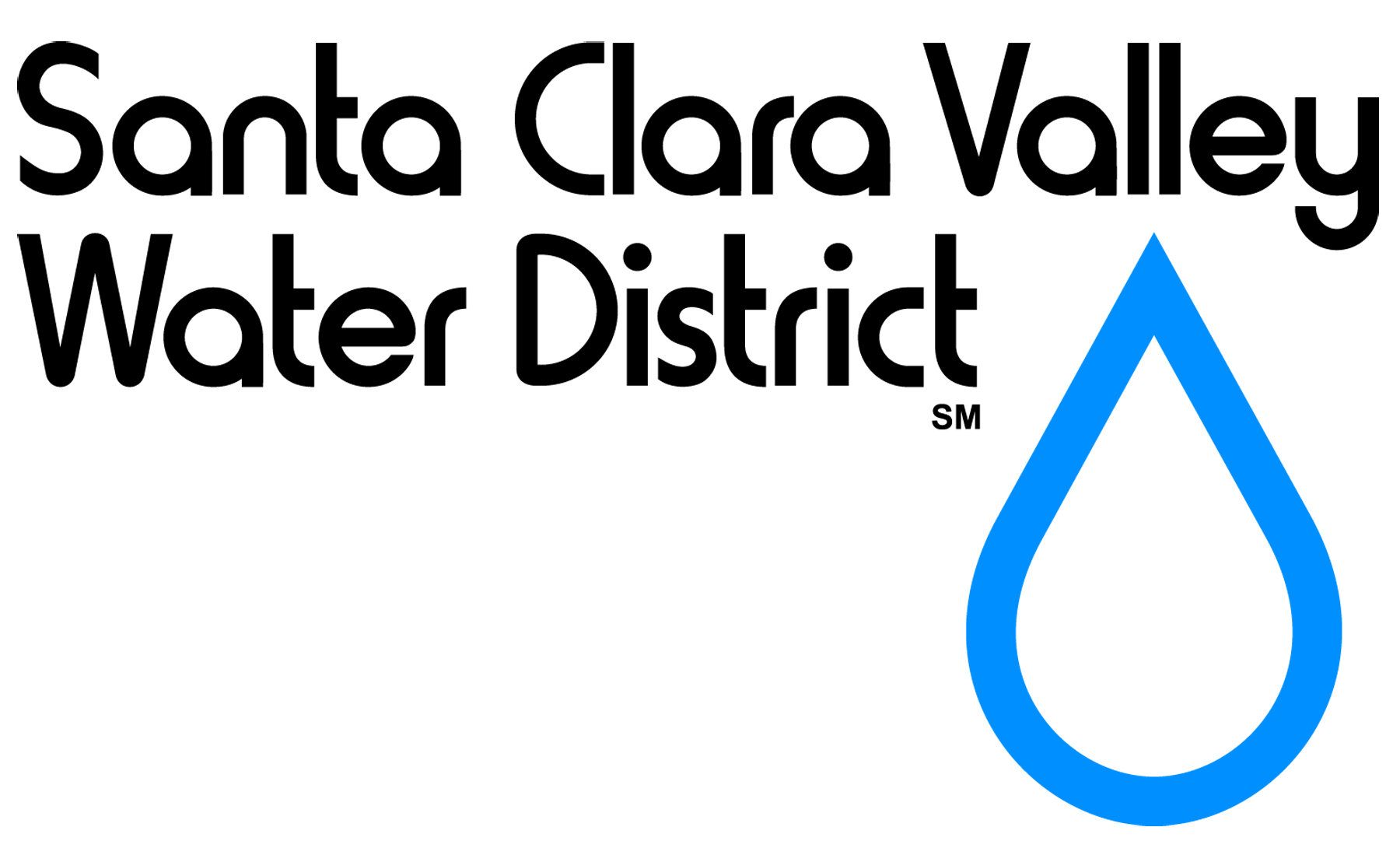Editorial: Agency plans region’s water supply for next 20 years
Published in the March 20 – April 2, 2019 issue of Gilroy Life

Photo by Marty Cheek
Residents watch water released out of Anderson Dam from Coyote Creek Park in February 2018.
If it ain’t a drought, it’s a deluge.
Despite the recent barrage of storms coming through South Valley dumping seemingly nonstop rain, let’s not forget that it wasn’t too long ago when Californians faced the consequences of a six-year drought, forcing us to take measures to conserve water. So let’s consider the future of Santa Clara Valley over the questions that comes with climate change. The unhappy reality is: we might not have enough water for our growing population in 20 years.
Valley Water (the government agency that used to be called Santa Clara Valley Water District) is tasked with the job to manage our water supplies and plan for our county’s future water needs. It is now in the middle of updating its Water Supply Master Plan, addressing our county’s needs for H-2-0 through the next two decades.
The county’s population is projected to grow from its current number of 1,938,000 residents to a little more than 2,400,000 residents by the year 2040. That extra half a million people will add stress to our water supply needs. That will especially be the case if global warming’s climate change effects reduce the water reservoir held in the Sierra snowpack.
Climate scientists are also projecting that droughts may be longer and more severe in the future. When the county is in an extended drought, it might be impossible — or at best, extremely costly — for everyone to receive all the water they need. That’s going to negatively impact the quality of life here. It will also hurt our economy, reducing production in the South Valley’s agricultural industry and Silicon Valley’s technology industry.
 Adding complexity to the question are the legal battles ahead. Valley Water recently filed a lawsuit to challenge the state’s plan to reduce water flows on the San Joaquin River and its tributaries — a move that could significantly impact the water supply in our county. The water district also challenged the environmental review of the state’s plan because it did not take into account the impacts of the plan on the Bay Area’s groundwater.
Adding complexity to the question are the legal battles ahead. Valley Water recently filed a lawsuit to challenge the state’s plan to reduce water flows on the San Joaquin River and its tributaries — a move that could significantly impact the water supply in our county. The water district also challenged the environmental review of the state’s plan because it did not take into account the impacts of the plan on the Bay Area’s groundwater.
Preserving our groundwater is vital to South Valley’s future. The aquifers in Santa Clara County hold more water than all 10 of the water district’s surface water reservoirs combined. They form a vital component of the county’s water supply picture. Their importance increases particularly during droughts. The state’s plan could impact these aquifers and substantially affect the water district’s ability to meet water supply needs during dry years.
Valley Water’s board of directors recently decided the county must plan to cut water demands by one-fifth during a multi-year drought.
As we learned in the most recent drought, it’s not hard to reduce water use by 10 percent. But a 20 percent reduction is more of a challenge. South Valley communities have proven, however, that with encouragement and good planning, a 20 percent cut in water use can be sustained during a drought.
The county’s future water supply portfolio will be made up of local supplies and imported supplies, groundwater, surface water and re-used water.
Importantly, water conservation through demand reduction is a major part of the master plan. Maximizing water use efficiency with programs such as lawn replacement rebates is another cost-effective way of reducing future needs. By reducing our demands, we don’t need to rely as much on other water supplies.
 On Jan. 14, the Valley Water board committed to a strategy called “Ensure Sustainability” developed in 2012. It focuses on investments that secure the water district’s existing supplies and infrastructure, expand water conservation and reuse efforts, and optimize the water infrastructure systems.
On Jan. 14, the Valley Water board committed to a strategy called “Ensure Sustainability” developed in 2012. It focuses on investments that secure the water district’s existing supplies and infrastructure, expand water conservation and reuse efforts, and optimize the water infrastructure systems.
Securing the existing supplies includes a wide range of individual projects including retrofitting dams, pipeline maintenance, and maintaining imported water supplies through the state’s California WaterFix project. The district also plans to expand the use of non-potable recycled water and develop advanced purified water for potable reuse.
The strategy also includes what the district calls a “No Regrets” package of water conservation programs. This package includes a graywater rebate program expansion, incentives for repairing leaks, model ordinances to require water efficiency in new developments, and stormwater capture programs.
Optimizing the system also includes the expansion of Pacheco Reservoir near the southeast border of Santa Clara County and increasing the capacity of groundwater recharge efforts in the South County.
We encourage Morgan Hill, San Martin and Gilroy residents to learn more about Valley Water’s Master Plan and give the board feedback. This spring, the public will have the opportunity to comment on a draft plan, with the goal of adopting a final plan in June. To be included in the stakeholder mailing list, send a request to [email protected].
Water is our future. Let’s plan wisely for days of drought and deluge.
- Editorial: Valley Water takes action against director’s misconduct - April 17, 2024
- Editorial: Prop 1 passes, addresses unhoused and mental health - April 5, 2024
- Editorial: Stay vigilant of online disinformation during election year - March 22, 2024
